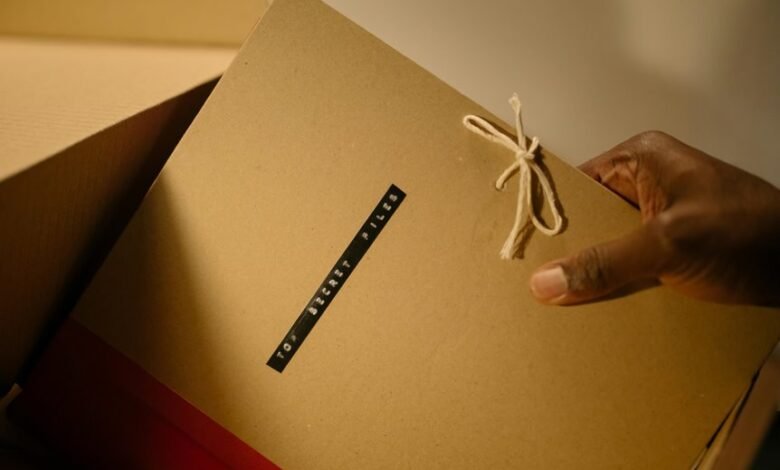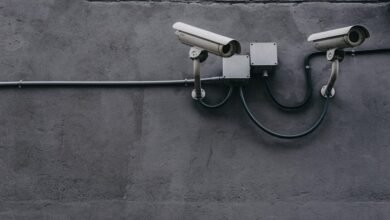Caller Verification Oversight Security Bureau 3402868113 3398617042 3716116648 3425895853 3881069836 3509939552

The Caller Verification Oversight Security Bureau (CVOSB) serves as a pivotal entity in the regulation of telecommunications verification processes. Its focus on standardized protocols aims to enhance data security and reduce fraud risks. The numerous contact numbers—3402868113, 3398617042, 3716116648, 3425895853, 3881069836, and 3509939552—are instrumental for stakeholder communication. Understanding their roles raises important questions about future developments in user trust and systemic integrity. What implications could these changes hold for the industry?
The Role of CVOSB in Caller Verification
The Caller Verification Oversight Security Board (CVOSB) plays a pivotal role in enhancing the integrity of caller verification processes across various communication platforms.
By establishing standardized protocols for caller identification, the CVOSB ensures that verification processes are both reliable and secure.
This oversight not only facilitates trust among users but also empowers individuals by safeguarding their communication rights against fraudulent activities.
Key Numbers and Their Significance
Key numbers serve as critical identifiers within the caller verification framework, significantly impacting the accuracy and security of communication interactions.
These numbers facilitate the implementation of robust security protocols, ensuring that calls are authenticated and legitimate.
Their significance lies in enhancing the overall integrity of caller verification processes, thereby safeguarding user data and promoting confidence in telecommunication systems designed for a free society.
Impact on Consumer Trust and Security
Trust serves as a cornerstone of consumer interactions in the telecommunications landscape, particularly regarding caller verification systems.
Effective caller verification enhances consumer perception by fostering trust building, thereby mitigating concerns related to fraud and identity theft.
As consumers increasingly prioritize security, robust verification mechanisms can significantly influence their confidence in telecommunications services, ultimately determining the market’s competitive dynamics and shaping consumer loyalty.
Future Trends in Telecommunication Verification
As consumer confidence continues to hinge on effective verification systems, the telecommunications industry is poised to embrace several emerging trends in caller verification.
Notably, blockchain technology offers decentralized security benefits, enhancing trust in caller identity.
Concurrently, biometric authentication, utilizing unique physical characteristics, is set to revolutionize verification processes, providing a more secure and user-friendly experience that aligns with individuals’ desires for privacy and autonomy.
Conclusion
In conclusion, the Caller Verification Oversight Security Bureau (CVOSB) exemplifies the intersection of technology and consumer protection in telecommunications. Interestingly, the very numbers—3402868113, 3398617042, 3716116648, 3425895853, 3881069836, and 3509939552—designed for secure communication also symbolize the collective effort to enhance user trust. As CVOSB continues to evolve, its protocols may inadvertently shape future trends in caller verification, reinforcing the critical nature of safeguarding user data against increasingly sophisticated fraud tactics.




